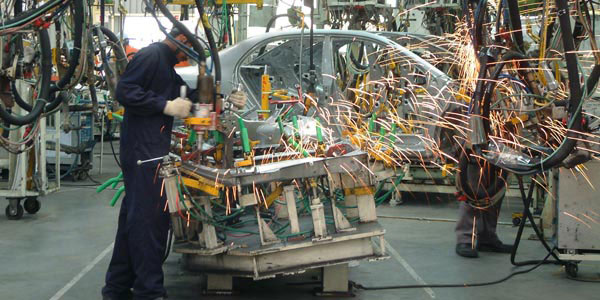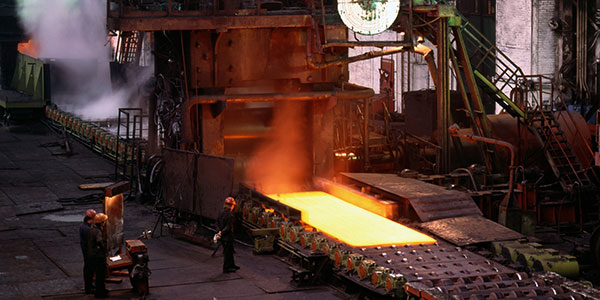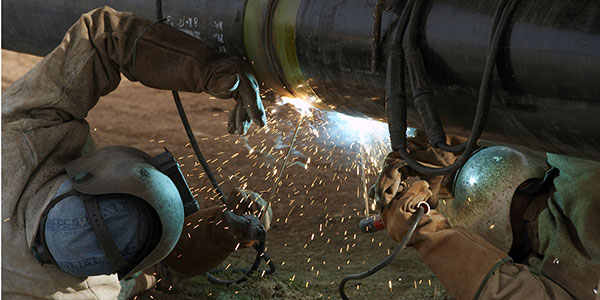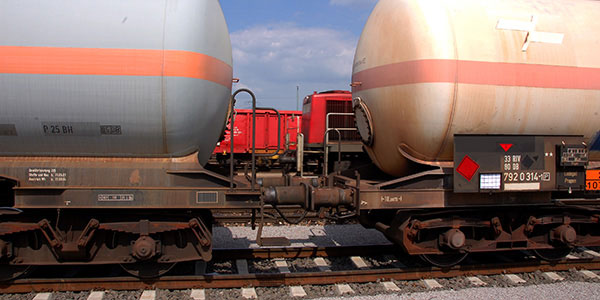Ultrasonic Flaw Detection Tutorial
1.3 Flaw Detection Applications Overview
Ultrasonic flaw detection can potentially be applied to any standard engineering material to find hidden cracks, voids, porosity, inclusion, and similar discontinuities. While most tests involve steel and other structural metals, flaw detectors can also be used on plastics, composites, fiberglass, and ceramics. Some common applications include:
- Weld inspection -- by far the most important market for ultrasonic flaw detection
- Primary metals -- beams, billets, bars, ingots, forgings, tubular stock
- Infrastructure -- bridge beams, bridge pins, railroad rails, metal structures
- Petrochemical -- pipelines, tanks, support structures
- In-service testing -- railroad wheels and axles, aircraft landing gears and engine mounts, crane booms, drive shafts, tanks and pressure vessels, bolt testing
- Manufacturing -- spot welds, braze joints, castings, bond testing
- Composites -- aerospace parts, wind turbines, automotive composites, marine fiberglass
Sorry, this page is not available in your country
Let us know what you're looking for by filling out the form below.














